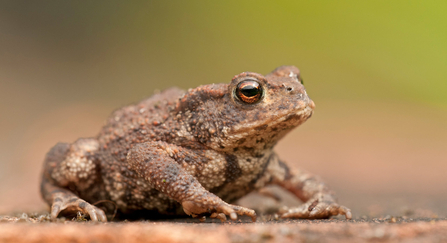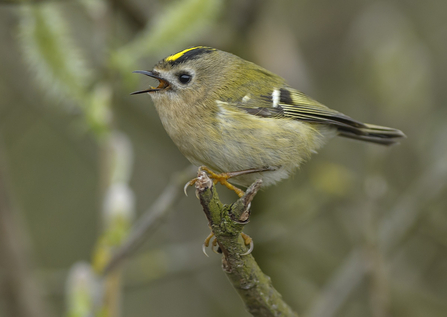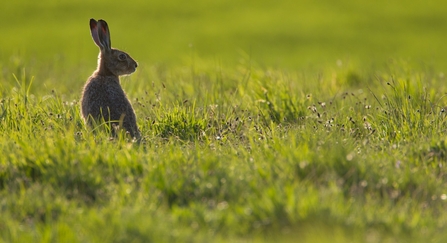Penrhiw, Llanfihangel Rhydithon
by Rhys Baker, Conservation and Land Manager
Penrhiw Estate encompasses ninety acres of land in the Aran Valley. It was created over the last forty years by David and Francesca Garman with the sole purpose of conserving the wildlife of Mid-Wales. Originally farmland, with the exception of a few copses, the Garmans transformed Penrhiw by planting over 10,000 native, broadleaf trees, creating wetland areas and restoring wildflower meadows, once common throughout Radnorshire before the advent of intensive farming.
At times, overlooking Penrhiw you could be mistaken for believing you have been transported back in time. Due to careful management the pastures and wetland in the Craffryn area and towards St Michael's Church hark back to the meadows of a bygone era, even though for many local people these times still remain in living memory. Against the tide of swift technological progress and government-led initiatives the Garmans believe such natural wonders should not remain in memory alone and so Penrhiw is somewhat of an anomaly in the surrounding valley, providing safe haven for the local wildlife.








